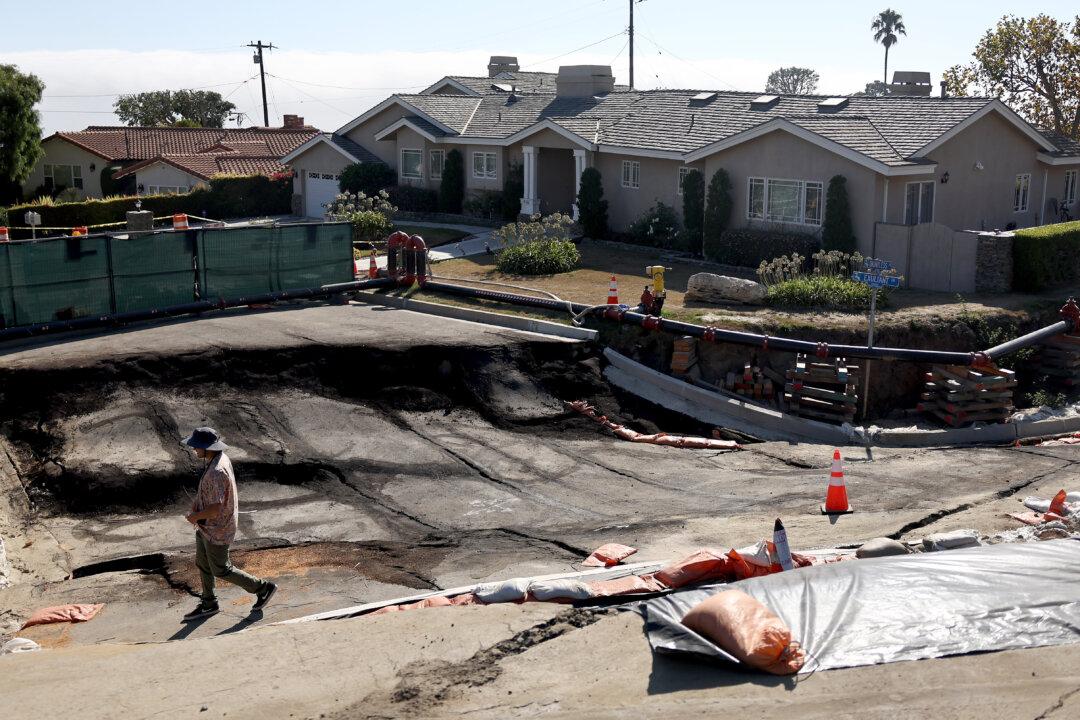California lawmakers have approved legislation that extends boosting film and television production in the state and added a requirement that qualifying production companies have new gun safety and diversity programs.
Senate Bill 132 passed the Legislature on June 27 and is now on Gov. Gavin Newsom’s desk awaiting his signature.





